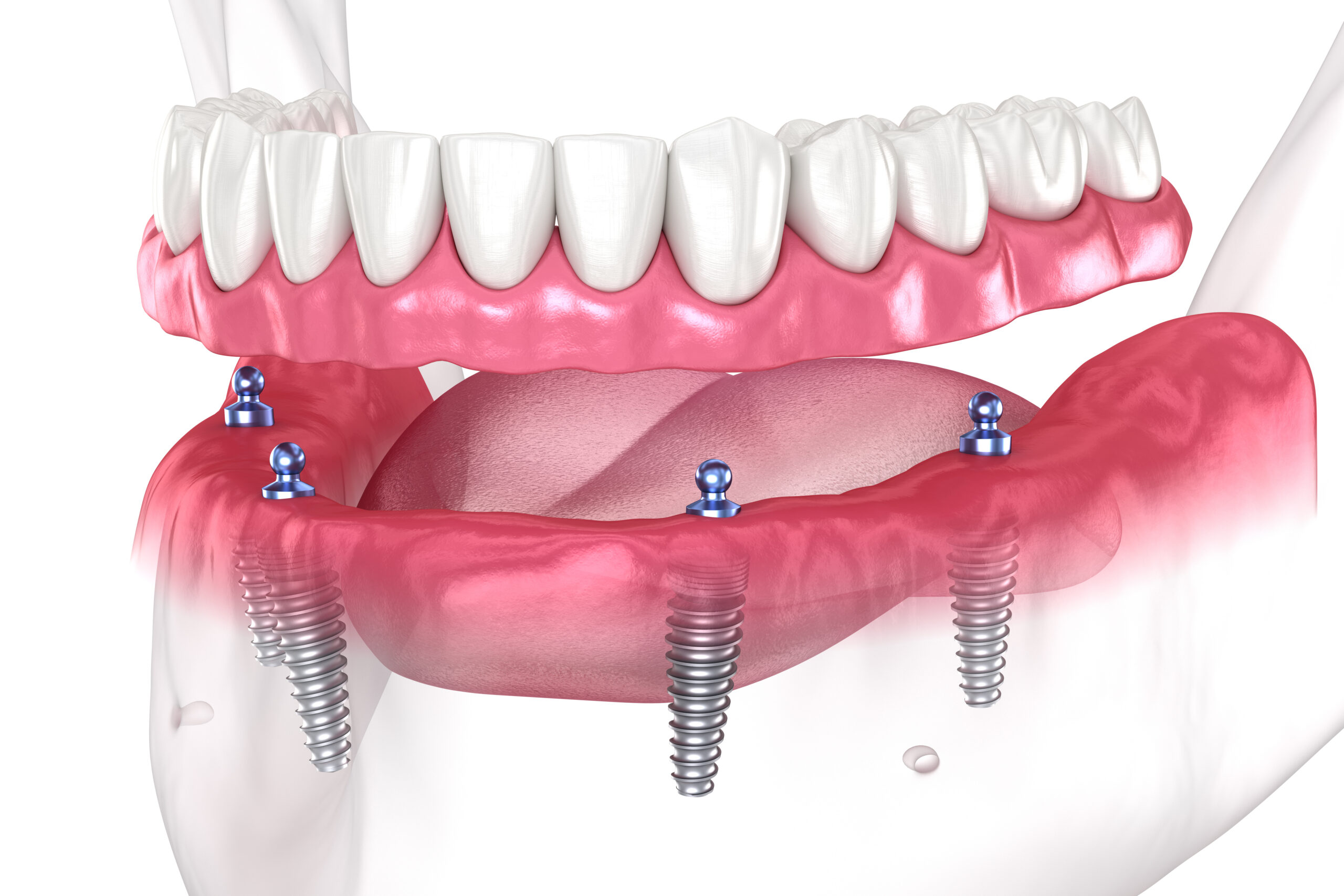10 Easy Facts About Dental Sense Shown
10 Easy Facts About Dental Sense Shown
Blog Article
Not known Details About Dental Sense
Table of ContentsWhat Does Dental Sense Mean?The Of Dental SenseRumored Buzz on Dental SenseDental Sense for Beginners
are clinical tools surgically dental implanted into the jaw to recover a person's ability to eat or their look. They provide support for synthetic (phony) teeth, such as crowns, bridges, or dentures. When a tooth is lost because of injury or illness, a person can experience problems such as fast bone loss, faulty speech, or changes to chewing patterns that cause pain.Oral implant systems include a dental implant body and dental implant joint and might also consist of a joint fixation screw. Dental implant vs bridge. The dental implant body is surgically placed in the jawbone in place of the tooth's origin. The dental implant abutment is typically affixed to the implant body by the joint addiction screw and prolongs with gum tissues right into the mouth to support the affixed man-made teeth
(https://dental-sense.webflow.io/)Framework of The Dental Implant System selecting dental implants, speak with your oral copyright about the possible benefits and risks, and whether you are a candidate for the procedure. Points to consider: Your overall health is a vital aspect in determining whether you are an excellent prospect for oral implants, how much time it will take to heal, and for how long the implant may remain in location.
Smoking may affect the healing procedure and decrease the long-lasting success of the dental implant. The recovery process for the dental implant body may take numerous months or longer, throughout which time you normally have a short-lived abutment in location of the tooth. the dental implant procedure: Thoroughly comply with the oral hygiene guidelines provided to you by your dental copyright.
Some Known Details About Dental Sense
Implant failure can result in the need for an additional medical treatment to repair or replace the dental implant system. Restores the capacity to eat Recovers cosmetic look Aids maintain the jawbone from shrinking because of bone loss Preserves the health of the surrounding bone and gum tissues Assists keep nearby (close-by) teeth secure Improves lifestyle Damages to bordering all-natural teeth during dental implant positioning Injury to the surrounding cells throughout surgery, such as sinus opening Injury during surgical procedure (as an example, crack of surrounding jawbone) Poor function, such as feeling like the teeth do not attack with each other normally A sensation that the tooth hangs or twisting in area resulting from a joint screw loosening Implant body failure (looseness of the dental implant body) because of systemic infection, which may be more most likely in clients with uncontrolled diabetes as a result of neighborhood infection in bone and gums supporting the implant body due to delayed recovery, which might be more probable in people that smoke Problem cleansing the periodontals around the implant, resulting in bad oral health Without treatment gum illness Post-surgical numbness due to nerve impingement or damages Always inform health and wellness treatment suppliers and imaging service technicians that you have dental implants before any kind of magnetic resonance imaging (MRI) or x-ray procedures.
FDA is not aware of any type of adverse events reported for MRI or x-ray treatments with oral implants. Oral implants systems are typically made of products that follow international consensus requirements of the International Company for Standardization (ISO) or ASTM International. These standards have details of what makes a risk-free product.

A dental implant is a structure that changes a missing tooth. With screw-like gadgets, the specialist inserts a dental implant right into the jawbone, and it acts as an anchor for an artificial tooth, called a crown. A device called an abutment attaches the fabricated tooth to the dental implant. The crown is custom-made to fit the person's mouth and match the color of their teeth.
How Dental Sense can Save You Time, Stress, and Money.
Some people are not eligible for dental implant surgical procedure. It is for dental specialists to operate on individuals with: acute illnessuncontrollable metabolic diseasebone or soft tissue condition or infectionIf these issues are settled, a person can have the surgical procedure. In, dental cosmetic surgeons avoid operating on individuals with: If people with any of the above go through oral implant surgery, there is a higher risk of the implant failing.

Oral dental implant surgical procedure is a customized process. It's not the exact same for every person. The adhering to provides a general review of what you can anticipate your dental expert, dental specialist, periodontist or prosthodontist to do: Position the dental implant surgically. Provide you time to heal. Connect the article and last crown, bridge or denture.
Next, your cosmetic surgeon will meticulously position the oral implant into your jaw. If your implant is near the front of your mouth, your dentist will make a short-term tooth for you to use till you heal.
Things about Dental Sense
Your provider can inform you what to expect in your scenario. Throughout the recovery stage, your jawbone must fuse to the dental implant. This process, called osseointegration, is vital for security and long-term success. This procedure can take anywhere from three to nine months. Sometimes, it might take longer.
Once your implant heals, your dentist can connect the joint (tiny adapter article) and your final reconstruction (crown, bridge or denture). This typically takes concerning one hour to finish and may call for a second small surgical procedure. You shouldn't feel any type of discomfort during your dental implant treatment since your company will certainly use drug to numb your gums.
Report this page